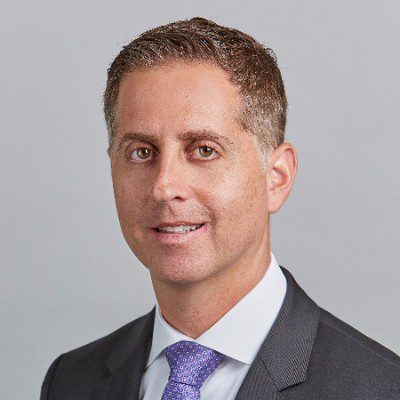
At Guidehouse, Partner and Defense & Security Segment Leader John Saad is all about the mission. In the GovCon space, he said, “You don’t have to search for meaning in your work. It’s evident and obvious on a daily basis.”
We caught up with Saad to talk about Guidehouse’s recent acquisition of Grant Thornton Public Sector, and what the future may hold.
What are the big trends you’re seeing among your federal customers these days?
At Guidehouse, we have over a hundred services and solutions which we categorize into four major groupings: digital transformation, financial transformation, data and analytics, and mission support services. Those are the places where things are happening.
Within that, we’re seeing increased need for cybersecurity, identity and access and credential management. As you’re trying to modernize systems, you have to make sure that they’re safe and effective.
On the mission side, our adversaries are becoming continually more creative in their approaches, and it requires us to be thinking about how to bring innovation to the table.
We are also seeing a significant increase in using analytics to inform the impact of our client’s mission and developing strategies to support increased effectiveness.
There’s a continued movement toward financial transformation across many of our stakeholders. The DOD is on this long journey toward greater auditability.
How does Guidehouse differentiate itself in its approach to those issues?
It really does start with the people. You want folks who jump out of bed in the morning excited about supporting the defense and national security missions. When we’re doing recruiting and screening, we’re looking for people who have the affinity for the mission, and who also have the technical skills. Hiring the right people and putting together diverse teams of skills and experiences enables us to consistently deliver differentiated outcomes and impact.
The other thing that differentiates us is our emphasis on teamwork and collaboration. We’ve built our entire cultural model around that, from how we reward people, to how we promote people, to how we highlight and praise the good work done. That, in turn, sets the foundation for relationship-building, as we partner with our clients to solve these most critical mission challenges.
What defines your current growth strategy?
Our future plan is to continue to add, organically and inorganically, the best resources, teammates and capabilities that will help us further support the complex defense and national security missions. We continue to innovate new solutions leveraging data and technology, to look for partnerships and relationships with a range of non-profit entities, as well as target strategic acquisitions, to support our client’s most critical mission needs.
Last year, you acquired Grant Thornton Public Sector. What was the rationale?
With their footprint in defense and security, they brought a number of things to the table, including a deep talent pool that is known for working close to the mission, who have tremendous affinity for the mission, great client relationships and a demonstrated track record of success.
They had achieved success with some great contract vehicles that they were able to cultivate over the years, which then gave us additional access to take our combined capabilities to stakeholders that we had previously served or currently serve. We were interested in how it completed the puzzle for us in many of the agencies that we were already supporting, and it gave us a launchpad to get deeper and deeper into critical mission areas.
Post-acquisition integration can be challenging. How have you managed that?
One of the most foundational things that Guidehouse looks at in making an acquisition is cultural alignment. Do we see in the acquired similar “DNA” to our own.
From there, integration requires bringing people together, a lot of messaging, a lot of addressing changes ⏤ explaining our value proposition, and more importantly, trying to break down operational barriers for teamwork and collaboration. It sometimes requires day-to-day, sometimes hour-to-hour communication, especially early on.
It’s not something that happens in weeks, it should be measured in months. But nine months later, we’ve done a tremendous job and we’re starting to see the impact to our clients of our combined capabilities, with a series of new contract wins, impactful thought leadership, enhanced project delivery and strong recruitment of talent eager to join the platform. We’re excited to see how those combined capabilities continue to make a difference in the market.
What positive trends do you see impacting the GovCon space?
There’s been a lot of progress in terms of government becoming more nimble in its procurement processes, bringing people in for oral presentations and demonstrations and moving away from the purely written proposal documents. This has benefited both industry and government.
On a personal note, what makes this work interesting for you?
I’ve been in government contracting for over 20 years now. I said that we look for people who are fired up and excited about the mission, and that defines me. It’s exciting to see what can happen when we bring the right people together, both from the consultant side and the government side, to solve really challenging problems and to combat the ever-evolving threat from our adversaries.

